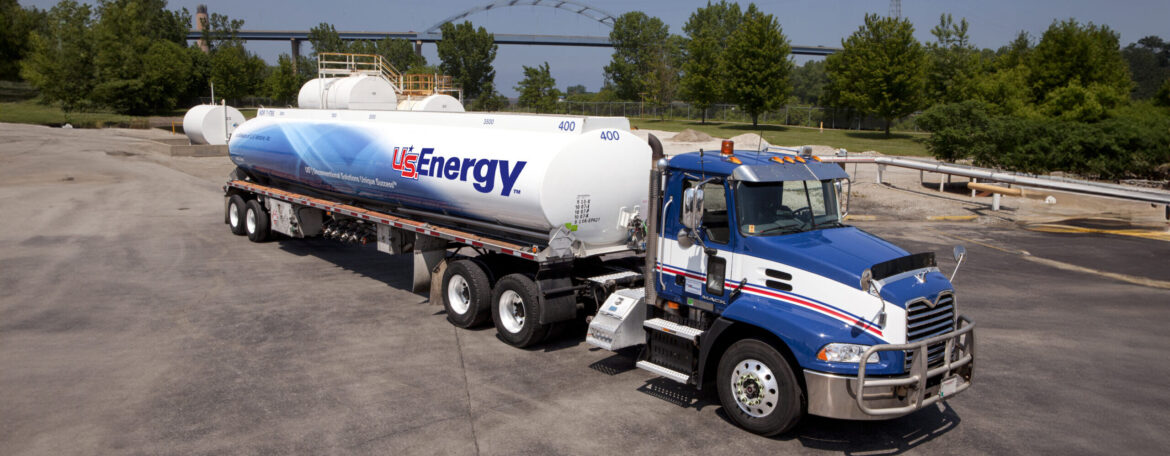Fuel marketing and distribution are crucial stages in the downstream oil and gas industry, connecting refineries to end-users. The process involves transporting, storing, and delivering fuels to consumers through various channels.
Fuel marketing refers to the promotion and sale of fuels to end-users, including consumers and businesses. fuel marketing is to increase awareness, drive sales, and build customer loyalty.
Fuel distribution refers to the process of transporting and delivering fuels from refineries or terminals to end-users, such as gas stations, industrial facilities, or commercial fleets. The fuel distribution process involves:
- Transportation: Fuels are transported from refineries or terminals to distribution points via pipelines, trucks, trains, or ships.
- Storage: Fuels are stored in tanks at distribution terminals or depots.
- Handling: Fuels are handled and transferred between vehicles or storage tanks.
- Delivery: Fuels are delivered to end-users through various channels, such as:
– Retail fueling stations
– Commercial sales (e.g., industrial, transportation, or agricultural customers)
– Direct-to-consumer sales (e.g., home delivery or online sales)
- Logistics Management: Fuel distributors manage the supply chain, scheduling, and tracking of fuel deliveries to ensure efficient and timely delivery.
- Inventory Management: Fuel distributors manage inventory levels to ensure adequate supply and minimize stock outs or overstocking.
- Quality Control: Fuel distributors ensure the quality of fuels meets industry standards and regulations.
READ: SAFTETY TALK TOPICS IN THE OIL AND GAS INDUSTRY
The key players of fuel marketing and distribution are:
- Refineries: Produce fuels from crude oil.
- Marketing Companies: Purchase fuels from refineries and sell to distributors or end-users.
- Distributors: Transport and store fuels, supplying them to retailers or consumers.
- Retailers: Sell fuels directly to end-users through fueling stations or outlets.
Steps Involved:
- Refining: Crude oil is processed into various fuels (gasoline, diesel, jet fuel, etc.).
- Transportation: Fuels are transported from refineries to storage terminals via pipelines, ships, or trucks.
- Storage: Fuels are stored in tanks at terminals or depots.
- Distribution: Fuels are delivered to retailers or consumers through trucks, trains, or pipelines.
- Marketing: Fuels are promoted and sold to end-users through various channels (retail outlets, online platforms, etc.).
Channels of Distribution:
- Retail Fueling Stations: End-users purchase fuels directly at fueling stations.
- Commercial Sales: Fuels are sold to industrial, transportation, or agricultural customers.
- Industrial Sales: Fuels are sold to power plants, manufacturing facilities, or other industrial users.
- Direct-to-Consumer Sales: Fuels are sold directly to consumers through online platforms or home delivery services.
Trends and Innovations:
- Digitalization: Online platforms and mobile apps for fuel sales and delivery.
- Alternative Fuels: Marketing and distribution of biofuels, hydrogen, and electric vehicle charging services.
- Supply Chain Optimization: Using data analytics and logistics management to streamline fuel distribution.

